US to BAN Russian & Chinese vehicle technology
In a significant move with far-reaching implications for global trade and technology, the United States has announced plans to ban Russian and Chinese vehicle technology. This decision marks the latest escalation in the ongoing geopolitical tensions between the U.S. and these two nations, both of which have increasingly sought to expand their technological influence in the global market. The ban specifically targets key elements of automotive technology that are seen as critical to the development and manufacturing of vehicles, including autonomous driving systems, electric vehicle (EV) technologies, and vehicle parts supplied by companies with ties to Russian and Chinese entities.
This move is expected to have a profound impact on the automotive industry, particularly in terms of international trade and collaboration. It also underscores the growing trend of economic protectionism and technological sovereignty that has been a hallmark of U U.S. policy in recent years. While the U.S. government has framed this decision as a necessary step to protect national security and prevent the infiltration of foreign influence in its critical industries, critics argue that the ban could have unintended consequences for global technological progress and international cooperation.
The Rationale Behind the Ban
The primary reason cited by U.S. officials for the ban on Russian and Chinese vehicle technology is national security. The U.S. government has expressed concerns about the potential for Chinese and Russian influence over the development of key technologies that are critical not only to the automotive industry but also to broader sectors like artificial intelligence, cybersecurity, and military applications. By limiting access to these technologies, the U.S. aims to curb the risk of espionage and ensure that its own technological advancements remain competitive and secure from foreign control.
In particular, the Chinese government’s growing dominance in the electric vehicle sector has been a point of concern for U.S. policymakers. China has become a major player in the global EV market, with several of its companies developing advanced battery technologies and vehicle manufacturing processes. U.S. officials are wary of the strategic implications of this growth, particularly in terms of China’s access to sensitive data and its ability to influence global supply chains. Similarly, Russian technological advances, especially in autonomous vehicle systems, have raised alarms about the potential for these technologies to be used for espionage or other forms of cyberattacks.
The U.S. government has framed the ban as an effort to protect American consumers and companies from the potential risks associated with foreign technology. By restricting access to Russian and Chinese vehicle technologies, the U.S. aims to foster innovation within its own borders, encouraging the development of homegrown solutions that are seen as more secure and aligned with American interests.
Impact on the Automotive Industry
The U.S. automotive industry, which is already undergoing significant transformation due to the rise of electric vehicles and autonomous driving technology, will likely face substantial disruption as a result of this ban. Several American automakers, including Tesla and General Motors, have significant relationships with Chinese and, to a lesser extent, Russian companies in terms of parts manufacturing and technology development. These partnerships have allowed American automakers to tap into cutting-edge technologies that have been developed abroad, particularly in the areas of battery technology and autonomous driving software.
The ban on Russian and Chinese vehicle technology could complicate these relationships, forcing U.S. automakers to seek alternative sources for critical components and software. This could slow down the pace of innovation within the U.S. automotive industry and increase the costs associated with manufacturing new vehicles. As American companies look for new technology partners, they may also face challenges in terms of scaling up production and maintaining competitive pricing in a rapidly changing market.
At the same time, the ban may open up opportunities for American companies to develop and deploy their own domestic technologies. The U.S. government has made efforts to invest in electric vehicle infrastructure, battery technology, and autonomous vehicle systems through a range of funding initiatives. In theory, these investments could help the U.S. maintain its technological leadership in the automotive sector and reduce its reliance on foreign companies for key components. However, this transition is likely to take time and may face significant hurdles along the way.
International automakers that operate in the U.S. market may also be affected by the ban, as many of them have strong ties to Chinese and Russian suppliers. Companies like Volkswagen, BMW, and Toyota may have to adjust their supply chains and operations in response to the ban, which could lead to disruptions in the availability of certain vehicle models and components. These challenges could also result in higher prices for consumers, particularly in the electric vehicle market, which relies heavily on advanced battery technologies that are often sourced from Chinese companies.
Geopolitical Implications
The ban on Russian and Chinese vehicle technology is part of a broader trend of economic decoupling between the U.S. and its geopolitical rivals. Over the past several years, the U.S. has increasingly sought to reduce its reliance on foreign technology, especially from China, as part of a larger strategy to protect national security and maintain its technological edge. This policy has been evident in areas ranging from telecommunications (with the ban on Chinese companies like Huawei) to semiconductors and now, to automotive technologies.
The move to restrict Russian and Chinese vehicle technology is likely to exacerbate tensions between the U.S. and these two countries, particularly China. As one of the world’s largest and fastest-growing markets for electric vehicles, China has become a key player in the global automotive sector. The U.S. ban could be viewed as an attempt to undermine China’s technological ambitions and could prompt retaliatory measures from the Chinese government. These measures could take the form of tariffs, restrictions on U.S. companies operating in China, or the promotion of Chinese-made technologies in global markets.
For Russia, the ban on vehicle technology is a further example of the broader sanctions and economic pressures the country has faced in recent years. With the ongoing conflict in Ukraine and the imposition of international sanctions, Russia’s access to Western technologies has been severely limited. The U.S. move to block Russian vehicle technology is likely to deepen Russia’s technological isolation, potentially hindering its ability to develop competitive automotive technologies. However, Russia’s relatively small presence in the global automotive market may mean that the impact of this particular ban is less pronounced than the one on Chinese technology.
The broader geopolitical implications of the U.S. ban are still unfolding, but this move highlights the increasing importance of technological sovereignty in global politics. As nations compete for dominance in emerging technologies, the control over key sectors like automotive manufacturing could become a critical element of national power and influence.
Global Reactions and Criticism
While the U.S. government has framed the ban as a necessary step to protect national security, the decision has been met with criticism from various quarters. Some argue that the ban could further escalate tensions with Russia and China and undermine the possibility of diplomatic dialogue. Critics also point out that the global automotive industry is highly interconnected, with companies and suppliers from all over the world playing critical roles in vehicle development. By restricting access to Russian and Chinese technologies, the U.S. could risk isolating itself from valuable international partnerships and cooperation.
Environmental advocates have also raised concerns about the impact of the ban on global efforts to combat climate change. Many of the technologies that are being restricted—such as battery innovations and electric vehicle infrastructure—are essential to the global transition to clean energy. By cutting off access to these technologies, the U.S. may inadvertently slow down global progress on sustainable transportation solutions, potentially delaying the widespread adoption of electric vehicles.
Additionally, some experts warn that the U.S. ban could create inefficiencies in the automotive market and increase costs for consumers. With fewer technological options available, American automakers may face delays in developing new models and technologies, which could ultimately harm consumers who are looking for affordable and innovative vehicles. Higher costs could disproportionately impact middle-class families, who may already be struggling with inflation and rising vehicle prices.
In Conclusion
The U.S. decision to ban Russian and Chinese vehicle technology represents a bold and controversial step in the ongoing technological and geopolitical struggle between the U.S. and its rivals. While the ban is justified by U.S. officials as a measure to protect national security and foster domestic innovation, it also raises important questions about the future of global trade, technological cooperation, and the pace of progress in the automotive industry.
As the automotive sector continues to undergo a dramatic transformation, the implications of this ban will be felt across the globe. While the U.S. may seek to protect its technological interests, it must also navigate the complex web of international partnerships and competition that defines the global marketplace. The ban could ultimately reshape the future of the automotive industry, but its long-term effects on consumers, businesses, and international relations remain uncertain.
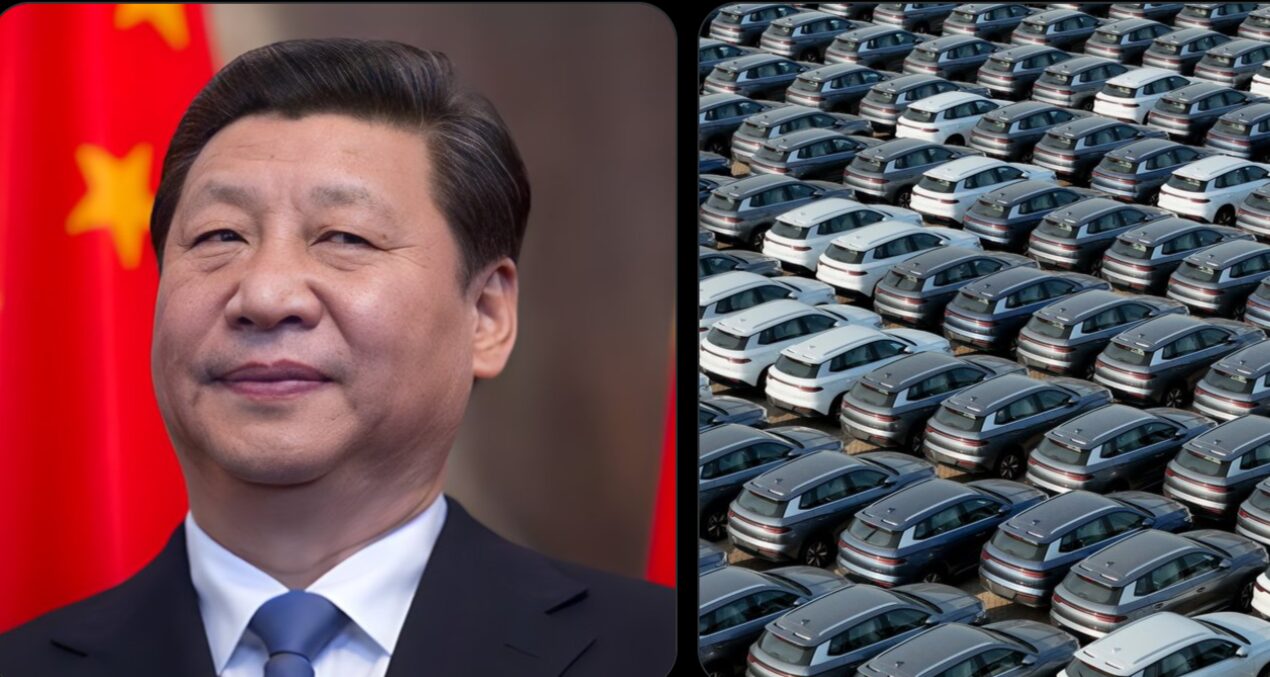


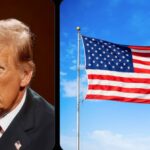

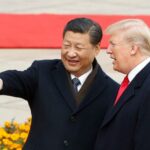
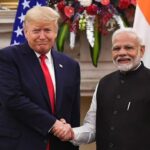
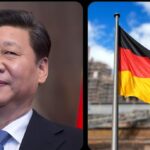
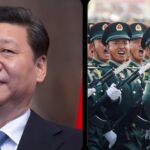


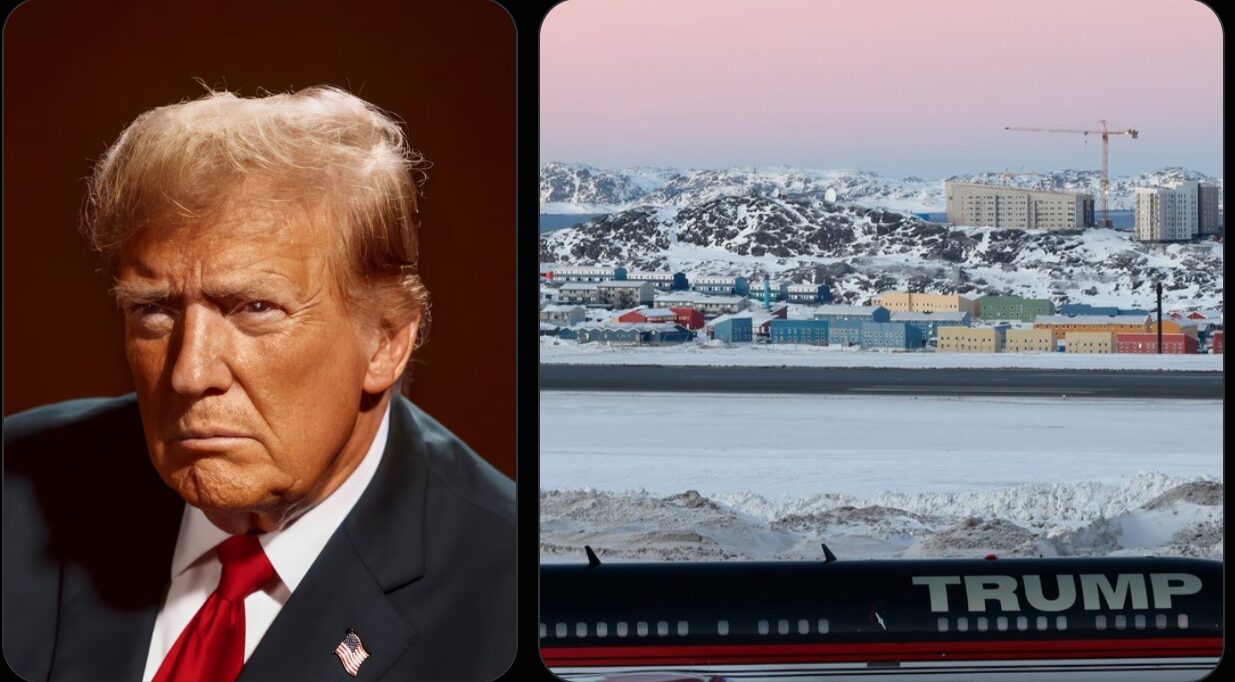
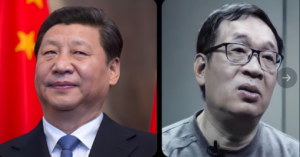




Post Comment